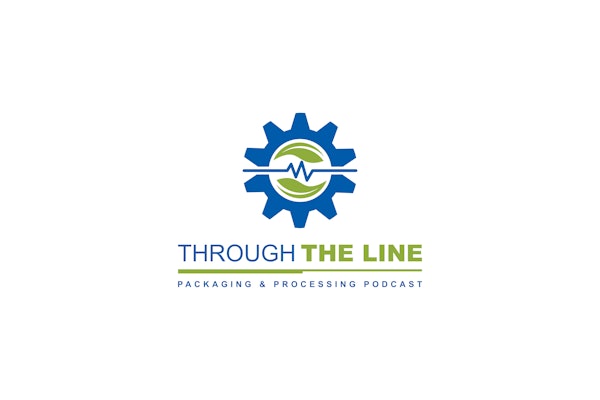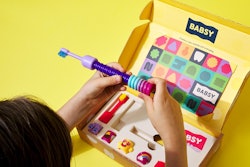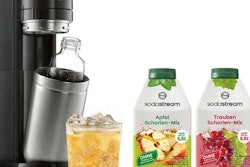In 1975, Miller Lite became the first major brand of low-calorie beer. It debuted in a stubby, short-neck bottle, dubbed the “Steinie,” which was discontinued in 1989. Recently, MillerCoors announced a limited-time return of the Steinie.
According to company statements, the availability of the Steinie will continue through the remainder of 2015, a timespan chosen because it includes the holidays. But don’t the holidays see an increased consumption of suds, anyway? If yes, and if the Steinie is expected to generate an even greater sales spike, then, by what rationale?
MillerCoors’ answer is that the reintroduction of the Steinie is meant to target the Millennials (the generation that came of age around the year 2000), with the holidays serving as the merrymaking backdrop. Understandable, given that brand loyalty reflects demographics and psychographics (particularly the lifestyle component); nonetheless, there are assumptions and implied truths that lend themselves to discussion.
Any Millennial either has tried Miller Lite or hasn’t. Those who have tried Miller Lite didn’t do so out of the Steinie, since it had been discontinued before they reached drinking age. Of those who have tried Miller Lite but did not develop brand loyalty, why would that change just because the beer has a different bottle, when it has the same taste? And as for those who have not tried Miller Lite—for whatever reason—is a different bottle sufficient incentive? Both questions can be tackled with the same insights.
Every generation negotiates that divide between establishing its own identity and identifying with earlier generations. Marketers exploit the former with such slogans as, “Not your father’s____________,” with any of a vast variety of products insertable in the blank. Society, on the other hand, preaches, “Respect thy elders,” and it’s a marketer’s hope that the veneration accorded an earlier generation is transferable to products used by that generation.
In bridging the aforementioned divide, marketers need to be convincing with the cliché, “What’s old is new.” Old-school, retro, and throwback, for example, recall the past, yet can have contemporary applications—but not without limitations. Clothes fashion, inherently cyclical, is a natural, less so beer.
The Steinie reintroduction is being supported with an advertising campaign, including electronic, print, and billboard. A 15-second television commercial mentions the Steinie’s “short neck and long history,” as various images of the bottle are shown, and ends with a group of Millennials, bottles lifted in a clicking toast.
Interpreting the overt and covert messages of commercials is a favorite parlor game within industry; however, whatever one’s interpretation of the Steinie commercial, there’s no denying that the starring role is played by the bottle. It’s proof that MillerCoors regards packaging as a strategic marketing tool; however, it’s not proof that the tool is being utilized correctly.
No assertion is herein being made that MillerCoors is not utilizing packaging correctly; nonetheless, there are issues for which packaging would be hard-pressed to compensate, paramount among them is a consumer’s dissatisfaction with a product’s taste (assuming no fault on the part of the packaging to protect and preserve the factory-imparted taste).
It’s fair to ask, why was the Steinie discontinued, in the first place? It wouldn’t be wild speculation to suggest that the decision might have been influenced by costs and efficiencies. An added possibility is that a longer-neck bottle is more sleek and fashionable, a subjective call, but credible, given that the beer industry has gone that route.
Aside from aesthetics, a longer-neck bottle offers functionality, in terms of being easier to grasp. That especially comes in handy when one is holding more than one bottle in the same hand, walking to those with whom sharing is about to take place. It’s a social scenario repeatedly played out in bars, homes, and predictably throughout the holidays, which leads to the question of whether the Steinie is the best bottle for that time of year.
Emphasis on the holidays notwithstanding, it’s a certainty that MillerCoors expects benefits from the Steinie campaign to extend beyond the end of the year. Such would apply to Millennial converts, of course, but also to other consumers that the campaign convinces to try, or retry, the brand. If MillerCoors has a back-to-the-future strategy, the Steinie might not be its first manifestation. In 2014, Miller Lite returned to its original white labeling for cans and bottles.
Then again, what’s to be said of a company that comes a full 360º with its packaging, as MillerCoors seems to be doing? Were past changes calculated or capricious? Beer industry watchers know that the major domestic brands have been under pressure from craft beers as well as foreign brands (i.e. Corona and Dos Equis). When sales slump, marketers want to reverse the trend, like yesterday. Packaging is an ever-present option, but one only as good as the thought put behind it. The use of packaging can range from gainful to gimmicky. An example of the latter is Budweiser’s bowtie-shaped can from a few years ago.
How is the success (or lack thereof) of the Steinie campaign to be measured? The task is not a straightforward one, even for those within the company’s inner circle. The reason is that no package is an island; rather, other variables, such as advertising, factor into the analysis. Even when the packaging is the focus of a promotional campaign, it would be shortsighted to assign packaging all the credit or all the blame.
But kudos to MillerCoors for again casting a vote for packaging. And speaking of votes, the country is in the midst of an election season, debates galore; however, it’s unlikely that any will equal in intensity and memorability the one in which one side insisted “Tastes great!” and the other side countered “Less filling!”
____________________________________________________________________________
Sterling Anthony is a consultant, specializing in the strategic use of marketing, logistics, and packaging. His contact information is: 100 Renaissance Center- P.O. Box 43176; Detroit, MI 48243; 313-531-1875 office; 313-531-1972 fax; [email protected]; www.pkgconsultant.com

























